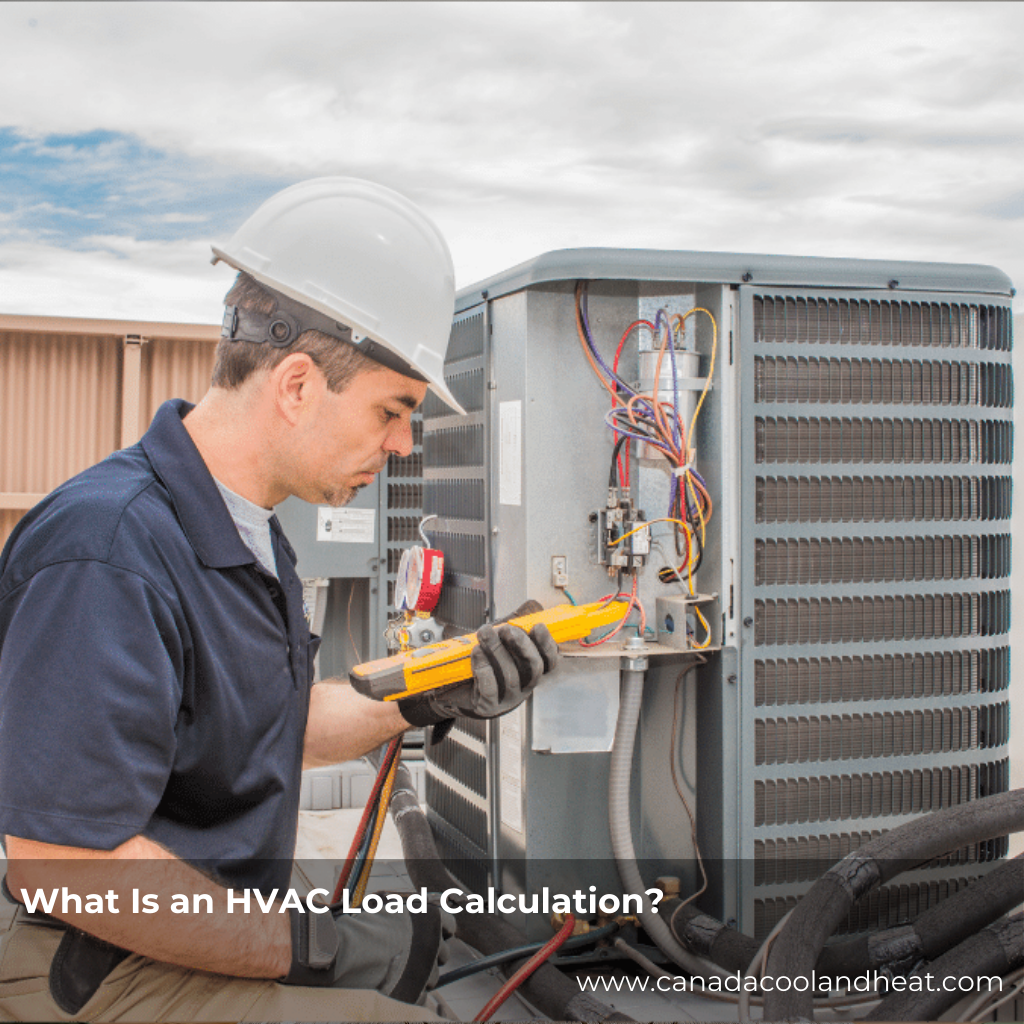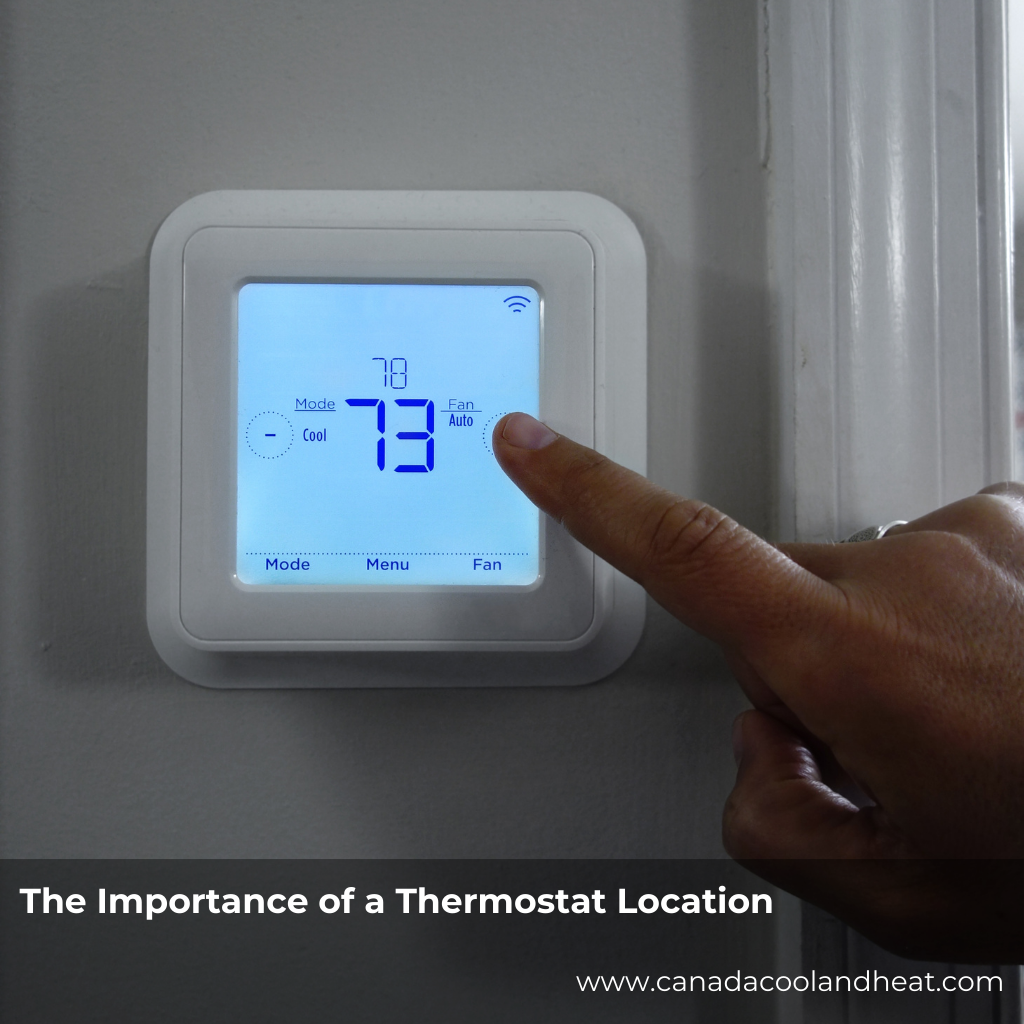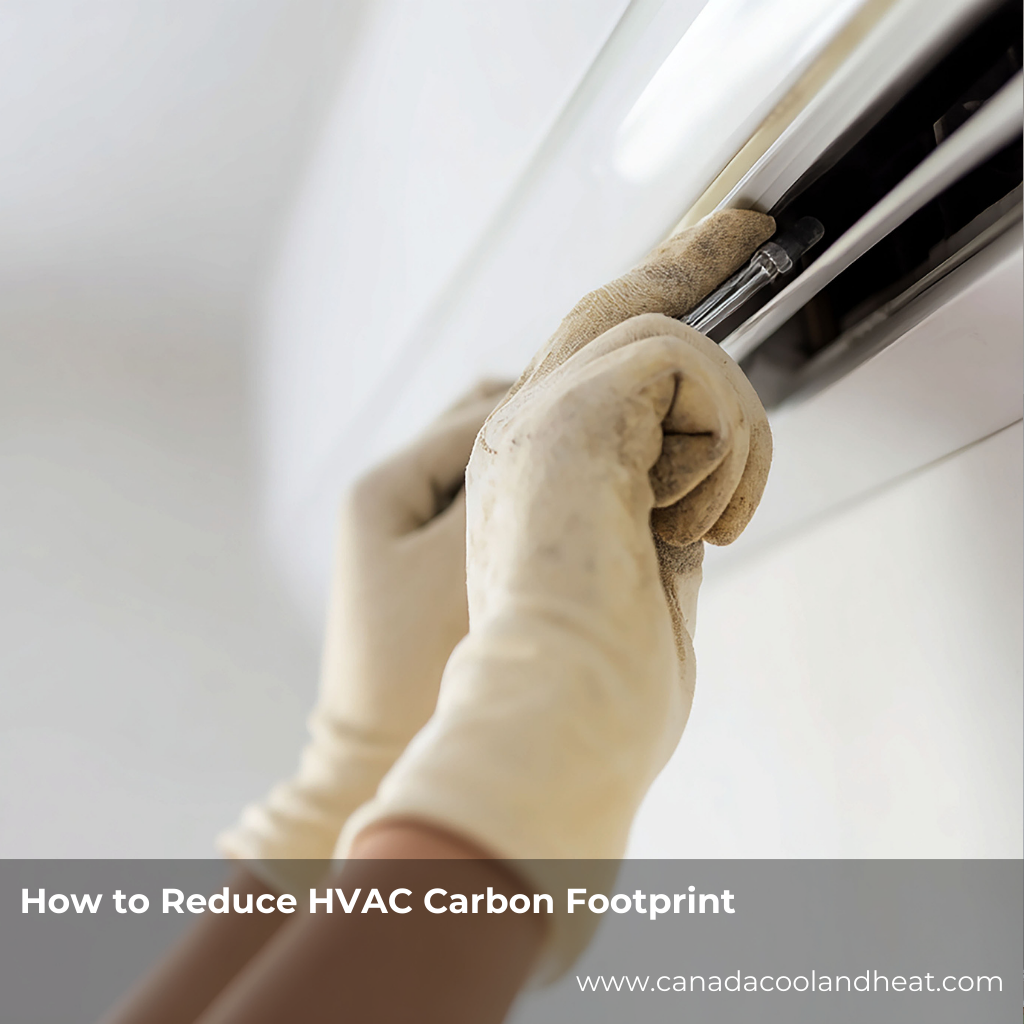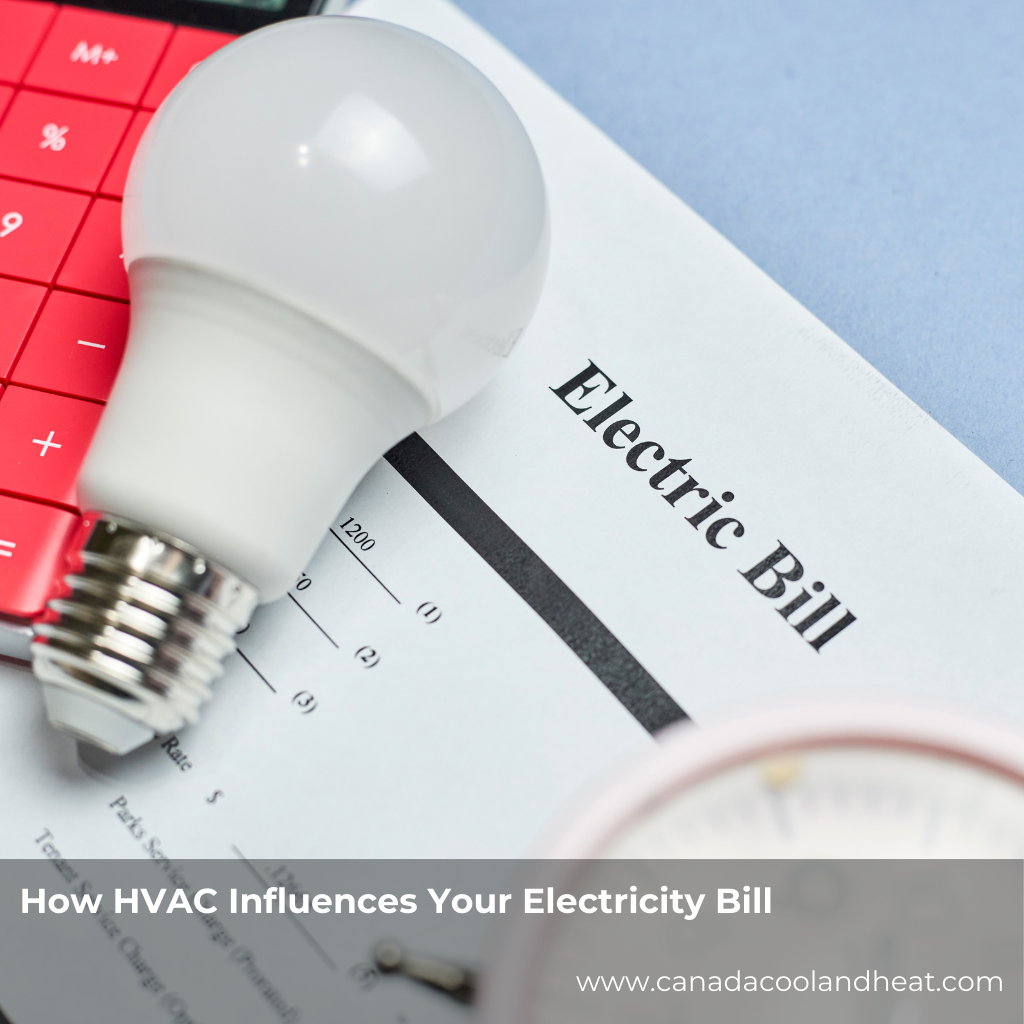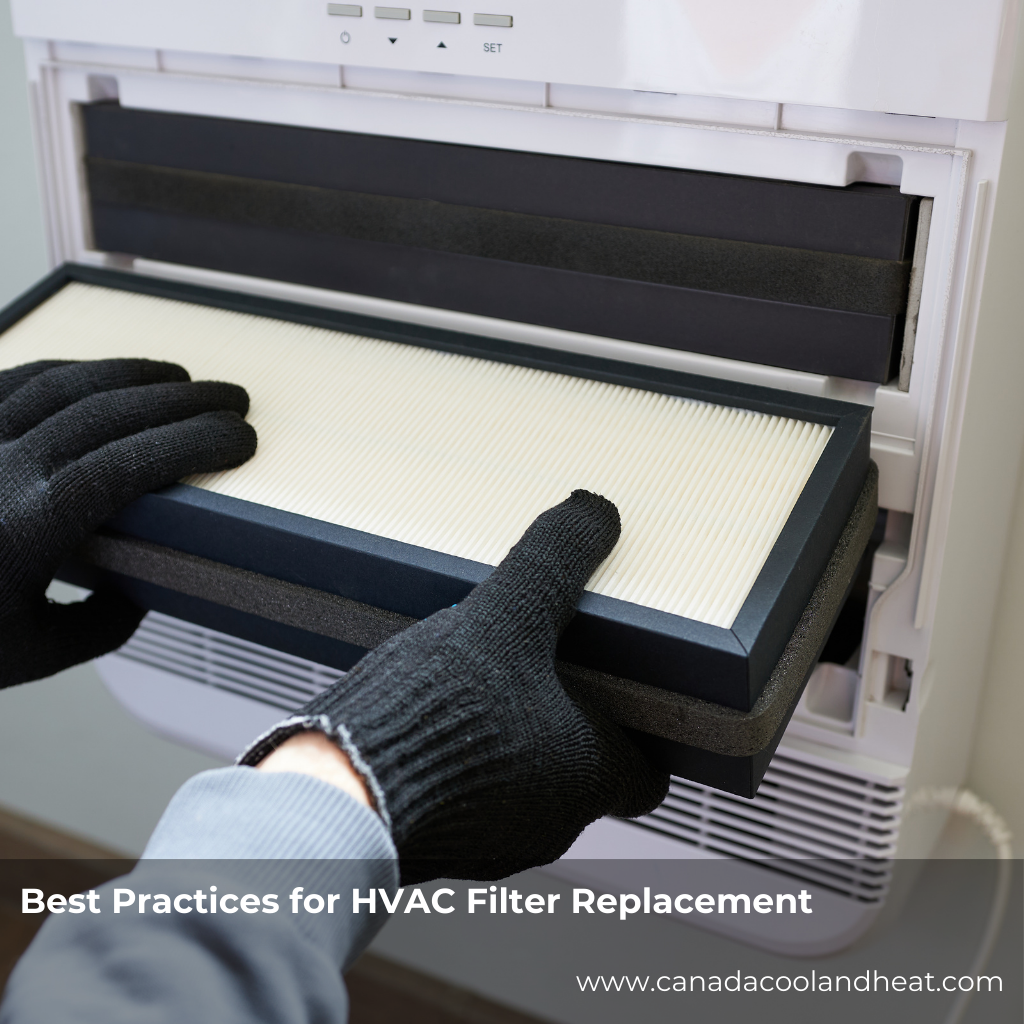Why Kitchen Ventilation Matters
Cooking generates smoke, moisture, and airborne particles. A properly functioning vent hood:
- Removes harmful gases like carbon monoxide.
- Reduces grease and odors.
- Helps control humidity levels.
- Protects cabinetry and walls from residue.
In modern, tightly-sealed homes, effective ventilation is more critical than ever.
The HVAC Connection: When a Vent Hood Overpowers Your System
Here’s what many homeowners don’t realize: a powerful vent hood doesn’t just expel cooking fumes. It also pulls conditioned air out of your home. Without a way to replace that air, negative pressure can:
- Suck cold air through windows and doors.
- Pull combustion gases back into the home (a dangerous condition called backdrafting).
- Overwork your furnace or AC.
This is especially problematic in winter when heating systems are working hardest. If the vent hood creates too much suction, warm air escapes faster than your HVAC can replace it.
Sizing Your Vent Hood Correctly
Bigger isn’t always better. Here are some guidelines for choosing the right size and strength for your range hood:
- Width: It should be at least as wide as your cooking surface (typically 30-36 inches).
- CFM Rating: CFM stands for Cubic Feet per Minute. It measures airflow capacity. Here’s a basic guide:
- Electric cooktops: 100 CFM per linear foot of range.
- Gas cooktops: 100 CFM for every 10,000 BTUs.
- Duct Size: Use the recommended duct size (usually 6-10 inches) to avoid restricting airflow.
Also consider how often you cook, the types of food you prepare (frying and searing produce more pollutants), and the size of your kitchen.
Make-Up Air: Replacing What You Remove
Make-up air systems introduce fresh, tempered air to balance what the vent hood pulls out. In some regions, they’re required by code for hoods over 400 CFM. Benefits include:
- Maintaining air pressure equilibrium.
- Improving indoor air quality.
- Preventing drafts and HVAC inefficiency.
In colder months, this system can be tied into your furnace to preheat incoming air, avoiding discomfort and conserving energy.
Winter Tips for Kitchen Ventilation and HVAC Harmony
- Adjust Vent Hood Use: Use high speeds only when necessary.
- Seal Leaks: Ensure windows and doors are well sealed to reduce unintended airflow.
- Upgrade Insulation: Especially around ductwork and vents.
- Install a Heat Recovery Ventilator (HRV): HRVs exchange stale indoor air with fresh outdoor air while retaining heat.
- Regular Maintenance: Clean filters monthly and have both HVAC and kitchen ventilation systems inspected seasonally.
Real-World Example
A homeowner in Denver installed a 1200 CFM vent hood to complement their gourmet kitchen. Their home, however, lacked a make-up air system. Within days, they noticed cold spots, excessive dust, and backdrafting from the fireplace. After consulting an HVAC specialist, they installed a make-up air unit with a heating coil. The result? Balanced airflow, consistent temperatures, and a safer cooking environment.
Conclusion
Vent hoods are vital for a clean, safe kitchen, but they must be integrated thoughtfully with your HVAC system. Whether you’re upgrading your kitchen or just trying to stay cozy in winter, proper ventilation planning will keep your home balanced and energy-efficient. When in doubt, consult a qualified HVAC technician.
FAQs
1. What happens if my vent hood is too powerful?
It can create negative pressure, cause drafts, and disrupt HVAC performance.
2. Is a make-up air system necessary?
For hoods over 400 CFM, yes—especially in energy-efficient homes.
3. Can I use a recirculating vent hood instead?
Only for light cooking. These don’t expel air outside, so they’re less effective.
4. How do I know if my HVAC is unbalanced?
Look for cold/hot spots, increased energy bills, or pressure around doors.
5. Are ductless range hoods bad for HVAC systems?
They don’t affect HVAC directly but may allow lingering moisture and odors.
6. How often should I clean my hood filter?
At least once a month—more if you fry often.
7. Can a range hood increase home value?
Yes, especially high-performance models in modern kitchens.
8. What’s the ideal CFM for residential use?
Between 250 and 600 CFM for most homes, depending on cooking habits.
9. Can vent hoods be used in colder climates?
Yes, but with proper insulation and make-up air systems.
10. Should I run the vent hood after cooking?
Yes, for 5-10 minutes to remove residual pollutants.


